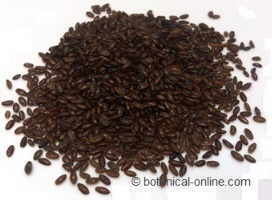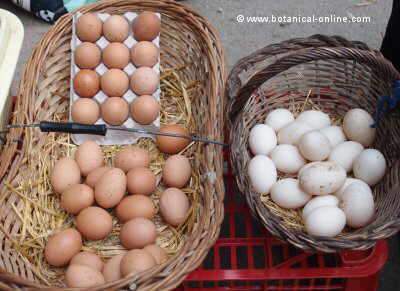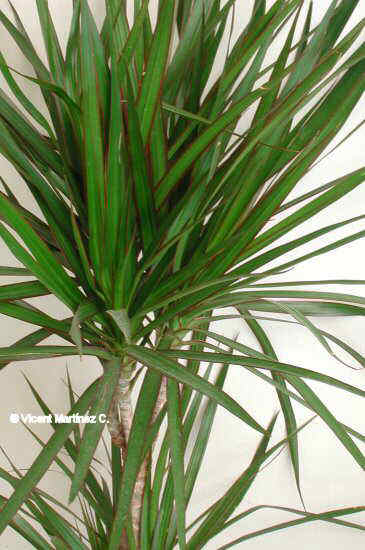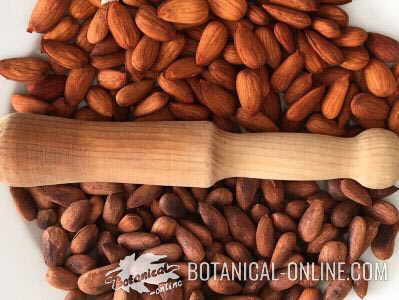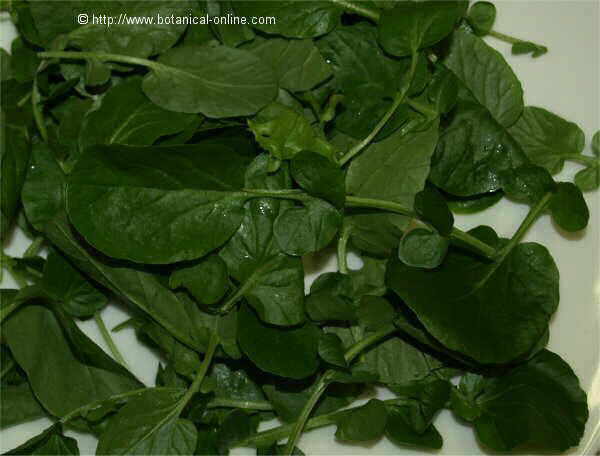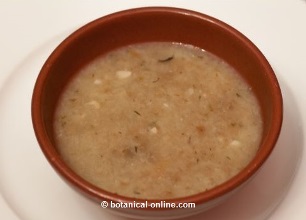Contents
How to grow fig tress (Ficus spp.)
 Ficus (Uses and types)
Ficus (Uses and types)
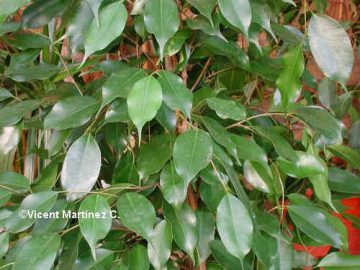
The Ficus genus comprises about 800 species inside the Fig family – Moraceae. They are very different perennial or deciduous plants since inside this gender we can find trees, as well as bushes or plants climbers. They are fundamentally found in the tropical or subtropical regions of the world. They are characterised by their fleshy, convex fruits that contain seeds in nut form. Some of them, like in the case of the species Ficus carica -fig- or the Ficus sycomorus -sycamore- are eatable.
The fruits of other species are not used by men, but they constitute a good nutrition source for birds or bats. Others as Ficus elastica -Rubber plant- were used industrially. Some species, as the Ficus virens -Strangler vine- germinate on the trunks of the trees and produce roots toward the ground that end up strangling the guest species.
All they produce latex that is toxic since it has an irritating action on the skin. The simple contact with these plants can develop photosensibility that is shown in form of bladders on the skin (See more information). So, we should be careful when manipulating these plants and in any case ingest its leaves or branches. Some, as the Ficus palmeri -Sacred fig of India- are considered sacred. In general they are very profitable for gardening, especially when young as flowerpot plants indoors. Planted on the ground, most of them, if the conditions are favourable, reach a natural growth becoming true trees with big radical systems, so that, with their prolonged roots, can damage the human constructions.
Among the many fig species we can mention the following:
 Ficus (flowers and fruits)
Ficus (flowers and fruits)
The flowers are very small. Appearing inside the receptacle, they don’t present any value like ornament. The fruits are big, pear-shaped, and they are known with the name of figs.
 Ficus (Watering)
Ficus (Watering)
They are plants that can adapt perfectly to the conditions of dryness of the interior of a house, caused many times by heating. Although they are able to resist these conditions they require an appropriate watering. The most demanding, the Ficus benjamina, should be watered twice a week, while Ficus elastica has enough with a weekly watering. The less demanding one is the Ficus lyrata that should be watered every 15 days.
In general we can say that in winter we should allow the soil to dry between waterings. When hot, or in a very warm atmosphere because of heating, it is convenient to carry out from one to two daily pulverisations on the leaves to maintain the humidity and to clean the leaves with a wet cloth, so that they can breathe well. This last care will be carried out in species having big leaves
 Ficus (Location)
Ficus (Location)
They tolerate big margins of temperature, from 24ºC in Ficus elastica that is the less tolerant one, to 30ºC of the rest. In general, they enjoy a warm atmosphere and they are quite sensitive to the currents of air. In winter they should be preserved indoors. It is important that during this time they receive enough light, so they should not be left in dark places, but near the illuminated windows.
In summer, they can be taken outdoors in demishade so that they can not be damaged by the sun. In autumn, if the temperatures are fresh, they should be placed again in the house.
As for the light conditions, Ficus elastica is the one that needs less light, while Ficus lirata needs an intense light and the Ficus benjamina can be exposed in full sun, provided that this is not done in summer. In general, we can say that they prefer an abundant illumination to full sun.
 Ficus (Reproduction)
Ficus (Reproduction)
The multiplication can be carried out by means of cutting or aerial layer:
- The cuttings will be carried out by cutting a young branch of about 12 cm. By removing the inferior leaves, a defoliated fragment of about 5 cm will be provided. We will introduce this segment in garden soil. Finally, we will press the earth, covering the cutting until the the first leaves, and we will water it.
- The aerial layer is carried out by practising an incision in a stem, to which we will apply hormones of growth. We will place some moss under the cut and we will cover it with a plastic bag until it produces roots. We will cut it and we will plant in a container.
- Ficus should be transplanted every two years in spring. During this time we will also carry out the pruning task. In samples that can grow very high, like Ficus elastica, the main bud can be cut to stop the vertical growth, so that the plant will produce lateral branches. Ficus benjamina requires a more constant pruning so that the plant is able to have a harmonic form. As a whole, for all them, we will cut those branches that are in not well state to renovate the plant or those branches that have had an irregular growth. The pruning of too dense samples favours the airing of the plants and avoids the falling of the leaves.
Other species of “Ficus“
Ficus aspera———————–……….
Ficus aurea———————– Golden fig
Ficus benghalensis ——————— Banyan
Ficus benjamina———————-Weeping fig
Ficus carica————————– Common fig
Ficus ciathistipula———————……….
Ficus cordata—————————– Willow-leafed fig
Ficus coronata ————————……….
Ficus dammaropsis—————– —………….
Ficus deltoidea ————————— Mistletoe fig
Ficus diversifolia———————-…………
Ficus drupacea————————–…………….
Ficus elastica —————————-Rubber plant
Ficus erecta————————-………………..
Ficus lyrata ————————–..Banjo fig
Ficus macrophylla———————– Australian banyan
Ficus natalensis————————-…………..
Ficus obscura—————————………………..
Ficus palmata——————————– ……….
Ficus palmeri————————— Higuera del desierto
Ficus microcarpa ————————Chinese banyan
Ficus opposita ——————————-.Sandpaper fig
Ficus petiolaris ——————————-……………
Ficus pumila———————————– climbing fig
Ficus radicans——————————– ……………..
Ficus religiosa —————————-Bo tree, sacred fig
Ficus repens——————————-……………
Ficus retusa——————————…………….
Ficus rubiginosa ————————– Rusty leaf fig, Port Jackson fig
Ficus superba —————————-………………..
Ficus sycomorus —————————–Sycamore fig, mulberry fig
Ficus virens——————————- Strangler vine
![]() More information about plant cultivation.
More information about plant cultivation.



